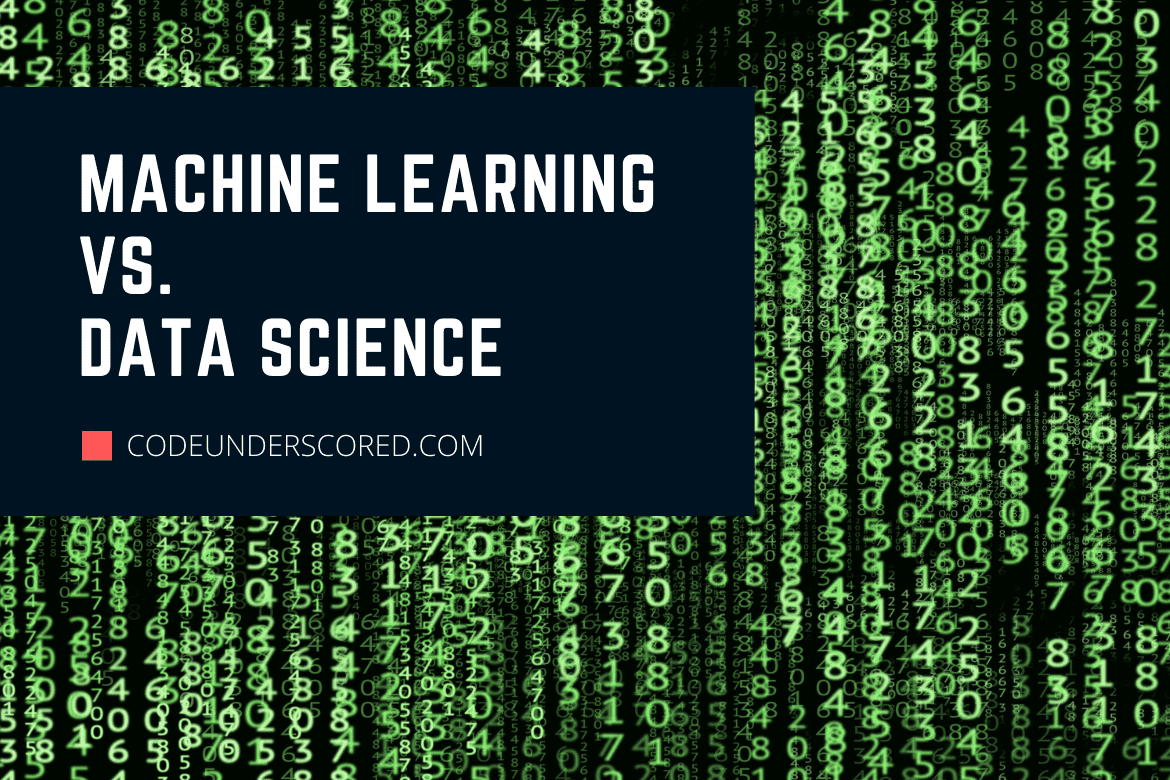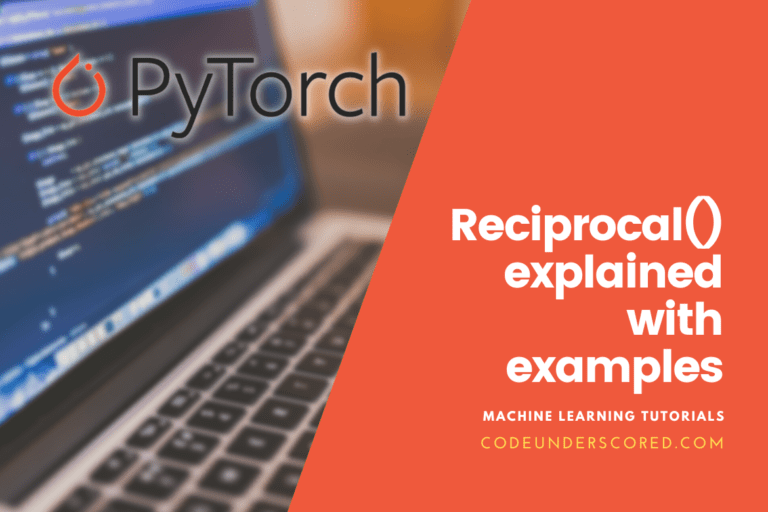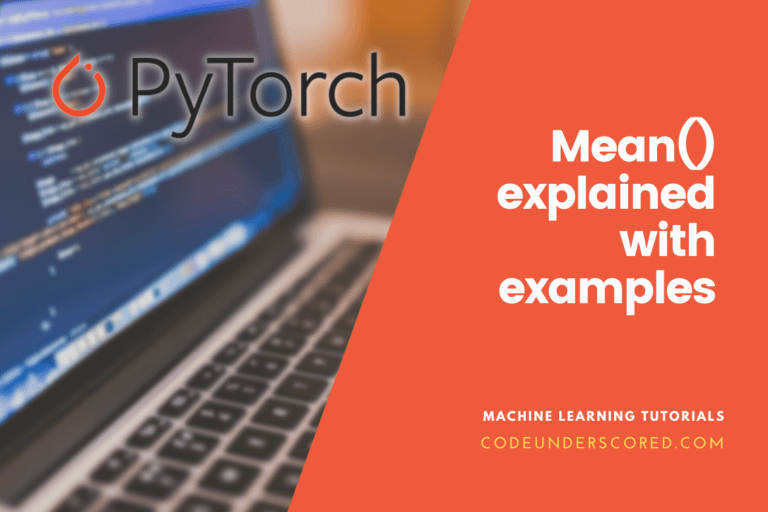To most people, understanding the recent development in artificial intelligence (AI) can be irresistible, but if it’s learning the fundamentals you are concerned with, you can limit several AI inventions into two overlapping concepts; Machine learning and deep learning. These concepts are arguably interchangeable, creating an inapt misunderstanding in its use.
Nonetheless, everyone with a desire to better comprehend AI’s field ought to know Machine learning and deep learning and understand the similarities and dissimilarities between the two innovation concepts.
It’s good news that knowing and understanding these concepts is not as challenging as some articles may suggest.
Machine learning vs. Deep Learning
The takeaway from what you need to know about Machine learning vs. deep learning is understanding that deep learning is machine learning. In simple terms, deep learning is a complex part of machine learning, and machine learning is a type of AI.
The concepts often appear like substitutable catchphrases, and hence, it’s essential to know the similarities and dissimilarities known in daily practices.
The examples of machine learning and deep learning are found in all technological sites and activities. For instance, social media sites such as Instagram know whose face is in a photo, how Netflix knows which movie you will want to watch next, and the reality behind self-propelled cars.
Thus, if you are looking to understand Machine learning and deep learning in the simplest way possible, then there is no better place to be than here.
Let’s break it concepts into a single sentence
Deep learning is often thought-out as a transformation of machine learning that utilizes a programmable neural network to enable machines to make accurate decisions without humans’ aid. For starters, let’s first define the two concepts.
What is Machine Learning?
Machine learning is defined as a system that analyzes data, learns from that data, and then apply what they have learned to make conversant decisions. It is a subset of AI that entails the formation of self-modifiable algorithms without humans’ intervention to generate desired output by feeding itself through designed data.
A perfect example of a machine learning system is an on-demand Netflix movie streaming service. For Netflix to decide on the kind of movie you need to watch, the machine learning system associates your preferences with other viewers with similar movie tastes. This technique is often hyped as AI, and it’s utilized in various services that provide computerized recommendations.
Machine learning is a generalized term for when computers learn from data. The concept support all forms of programmed services in diverse sectors, including financial services to offer signals for favorable trades and data security agencies to address malware issues among many other programmed systems.
A programmed algorithm is a subset of AI that continually learn in an inspiring way by serving as virtual assistance to humans.
Machine learning embraces a wide range of complex arithmetic and data coding that functions as an automatic system for programmed products and services such as computers and cars. The ability of a product or service to act in machine learning nature simply means that it can perform a function with the support of installed data and progressively improve over time.
Machine learning categories
A contemporary machine learning system can be categorized into supervised or unsupervised learning. These categories are often dependent on the kind of data utilized to feed the systems.
The supervised machine learning system is something used to predict future action by feeding it with data. For example, imagine you want to predict your revenues in a new business. You will start by defining your business’s capital, then give your system a set of data that could be a table with data on some businesses and associated revenue.
Next, let the system generate a line of regression to test your data. Unsupervised machine learning uses programmed data to make predictions. Thus, the force driving machine learning is often conventional statistics.
To summarize machine learning
Machine learning is an intersection of statistics and computer science through which a system can learn without being programmed. There are two main categories of machine learning and include supervised and unsupervised learning.
A machine learning system is simply a linear regression used to forecast or predict without being programmed but depends on preference and suggestions.
Now, let’s examine how the concept of deep learning relates to all this machine learning information. Let’s start by defining deep learning.
What is Deep Learning?
Deep learning is a sophisticated and mathematically complex algorithm which is an evolution of machine learning systems. The concept defines a programmed system that analyses data logically, which is equitable to how humans can attain conclusions.
However, it is critical to note that deep learning algorithms can be attained through supervised and unsupervised learning. In part, the deep learning system utilizes a coated arrangement of procedures acknowledged as an artificial neural network (ANN).
Its strategy is stimulated by the natural neural system of the human mind. ANN intends to attain a learning process much superior to that of the typical machine learning models.
Contemporary use of deep learning system
The concept has recently attracted a lot of attention due to the latest technological development. Today, a deep learning algorithm is applied in several fields, including automatic driving to distinguish things or objects, such as using STOP signs.
Electronic systems, such as consumer assistance devices also embrace deep learning systems to know and reply to favorites. Of course, information systems use deep learning algorithms to transmit information from the satellites to consumers. Information systems such as radio and televisions rely on deep learning systems to transmit information to people.
A more concrete explanation
Imagine you are using a deep learning system in your care to identify STOP signs. Here, your brain will direct ANN to recognize the STOP sign’s applicable properties, otherwise known as features. These features may include explicit erections in a recorded image such as objects, edges, or points.
ANN then detects an inputted feature, differentiate colors, and finally continue driving or stop the care based on the recognized feature. The deep learning algorithms are fed with training data, use the data to generate an action, and eventually learn from the action whether the prediction was effective or needs adjustment.
Overall, automatic engineering of features and its self-learning ability support the deep learning applications. The concept only needs a little support from a software engineer to improve the ability of ANN.
Although this capability indicates the perspective of deep learning, there are two main motives as to why it has lately received a lot of interest and application. These motives include computer power and data accessibility.
The Motives
First, a deep learning system requires considerable computing power to transfer data. Second, deep learning needs an exceptionally large amount of data to function properly. Nonetheless, one of the significant developments in deep learning algorithms is the signs of progress in technological infrastructures and transfer learning.
The advances of cloud computing transfer systems and the emergence of high-performing graphic processing units (GPUs) has improved data accessibility and computing power of deep learning algorithm.
The advances in data accessibility and computing power are considered as a remedy for the necessity for ANN to generate beneficial outcomes.
These data availability and computing power are why deep learning algorithms are the optimal solutions to computerized and statistical problems.
However, the need for data and computing power can effectively be achieved by utilizing pre-trained models in many applications.
Summarizing Deep Learning
Deep learning is a specialized category of machine learning. Deep learning depends on a structured organization of algorithms known as ANN. It also has enormous data needs but needs little human support to properly function.
Computing power and data accessibility have simplified the applications of deep learning algorithms through transfer learners, which is a remedy for enormous training dataset requirements.
Machine learning vs. Deep Learning
This is usually a common issue of differentiation that you need to know. As previously noted, deep learning is a subset of machine learning. It is thereby better to know what makes deep learning specialist in machine learning algorithms.
The answer helps differentiate the two concepts and includes the ANN algorithm structure, human intervention, and data requirements.
First and foremost, machine learning utilizes algorithms to parse data, learn from that data and make conversant decisions based on what it has learned. In contrast, deep learning has a structured algorithm in a layer to generate ANN that can learn and make informed decisions independently.
Secondly, machine learning has an algorithm designed to learn, act, and produce outcomes with more engineered datasets. Nonetheless, when the outcome is incorrect, there is a need for human intervention to teach them.
On the contrary, deep learning can automatically feature engineering through its neutral network and does not need engineered datasets to identify features. The features are often extracted automatically, and the system learns from its errors, which makes it require much less human intervention.
Thirdly, machine learning requires less training data, whereas deep learning needs much more training data to function properly. Machine learning can operate with a thousand data points, but deep learning usually works with millions of data points due to algorithms’ complex multi-layered structure.
Additional Differences
Another notable difference that you need to know is that machine learning trains on the computer processing unit. The output is often numerical for classification and scoring applications and has the limited tuning capability for hyper-parameter turning.
On the other hand, deep learning trains on computer processing units for proper training, the output can be in any form, including free form elements, and it can be tuned in various ways.
Now that you are aware of machine learning and deep learning and understand some of the similarities and differences between them, you can decide what you need based on this information.







